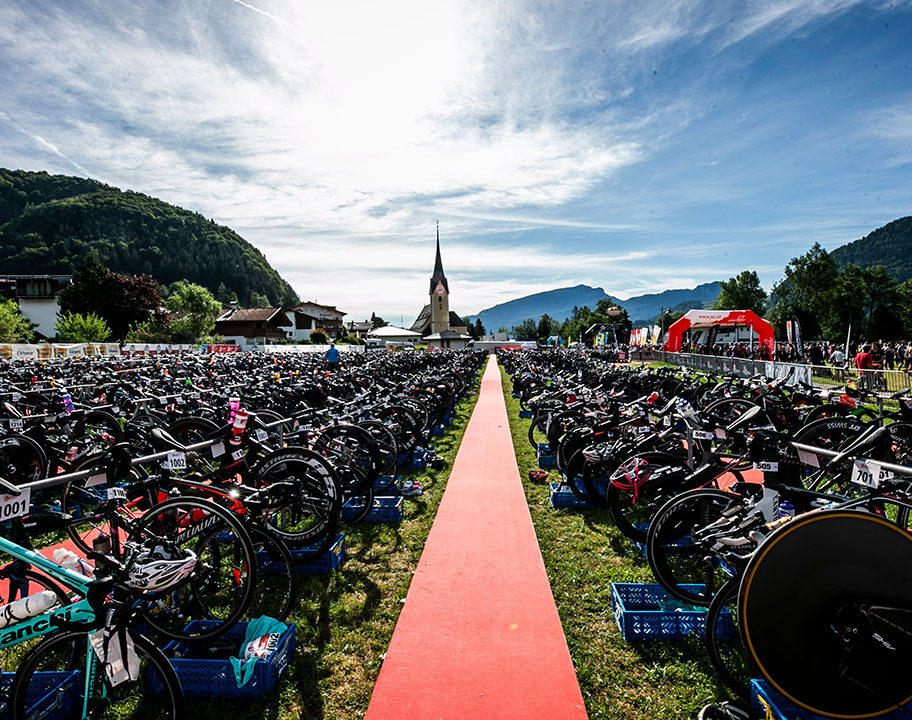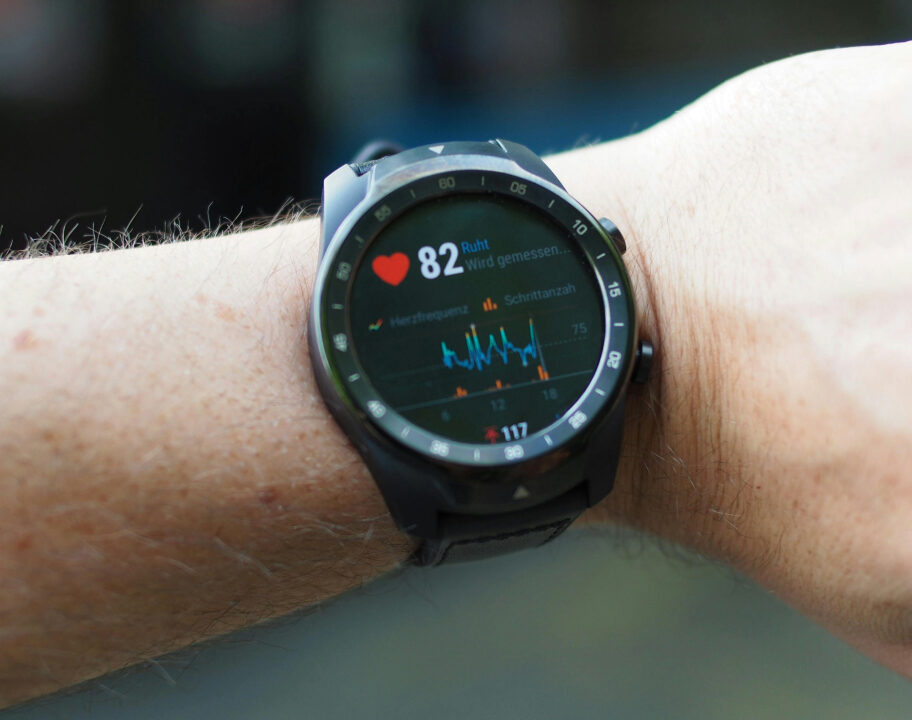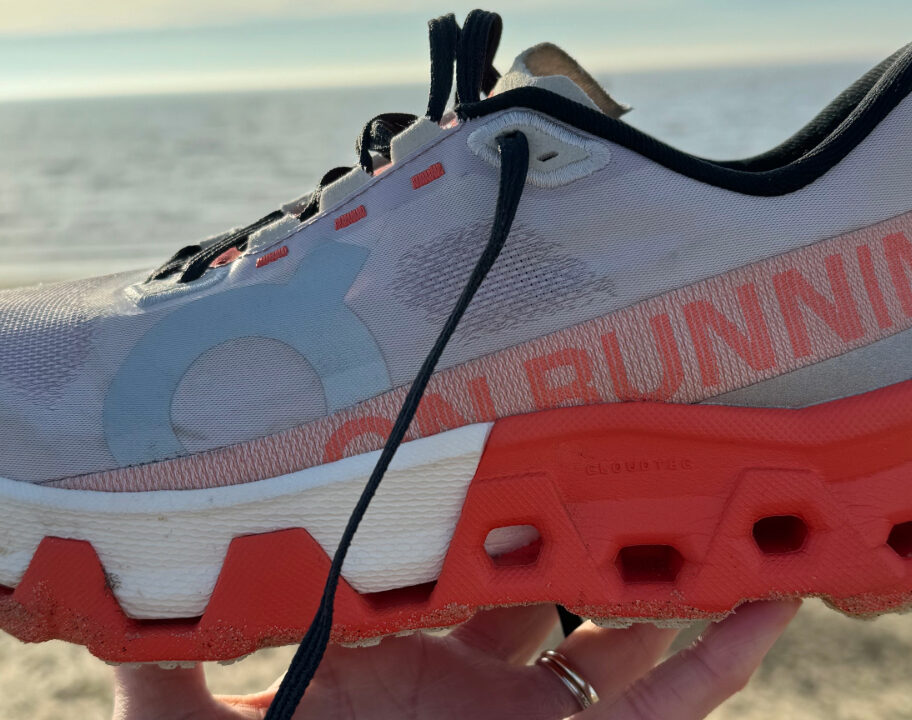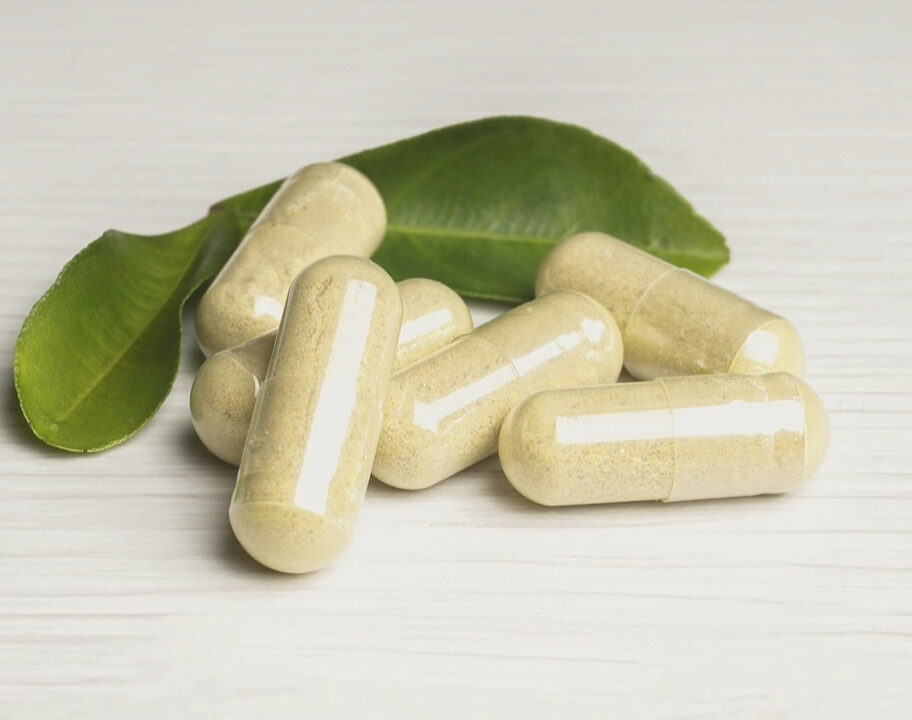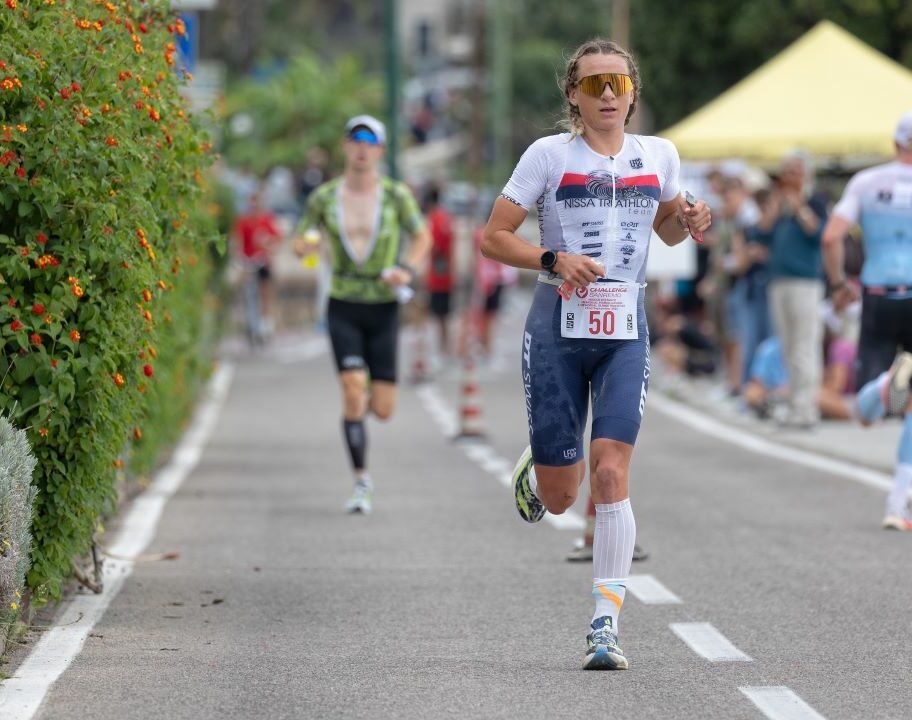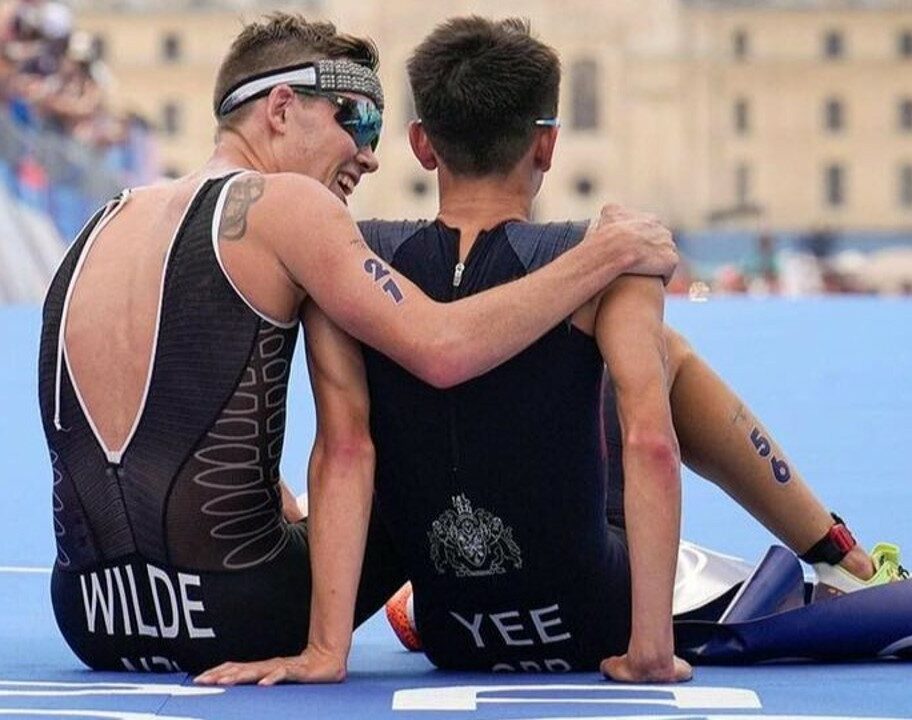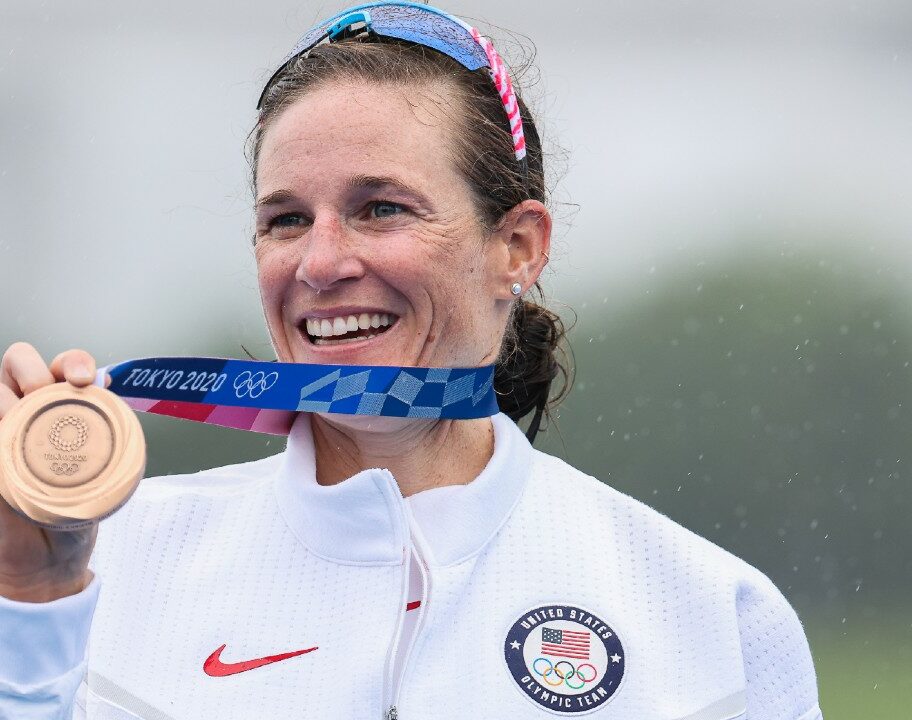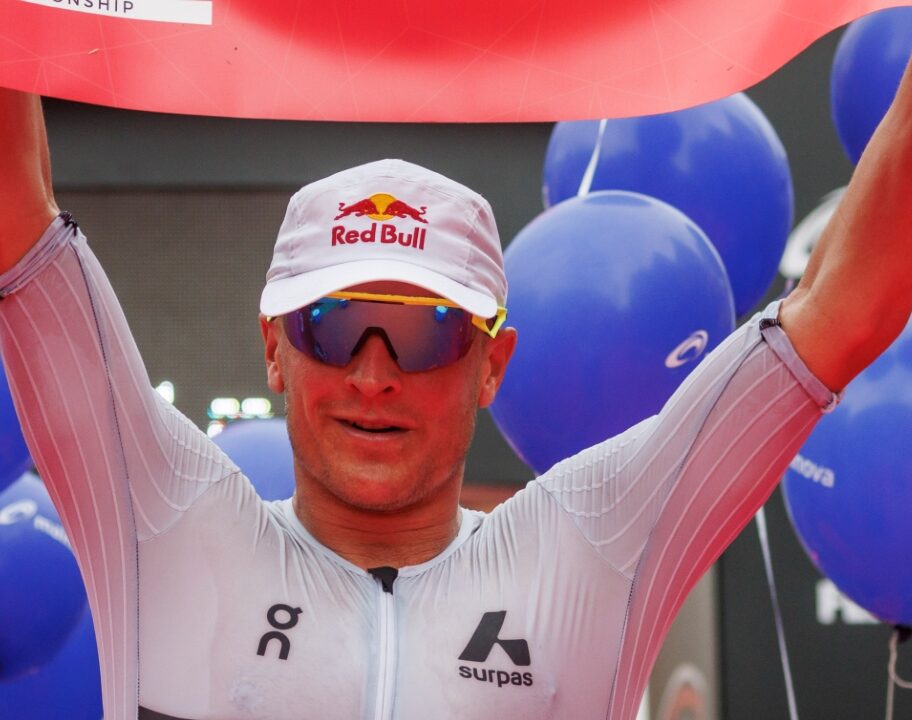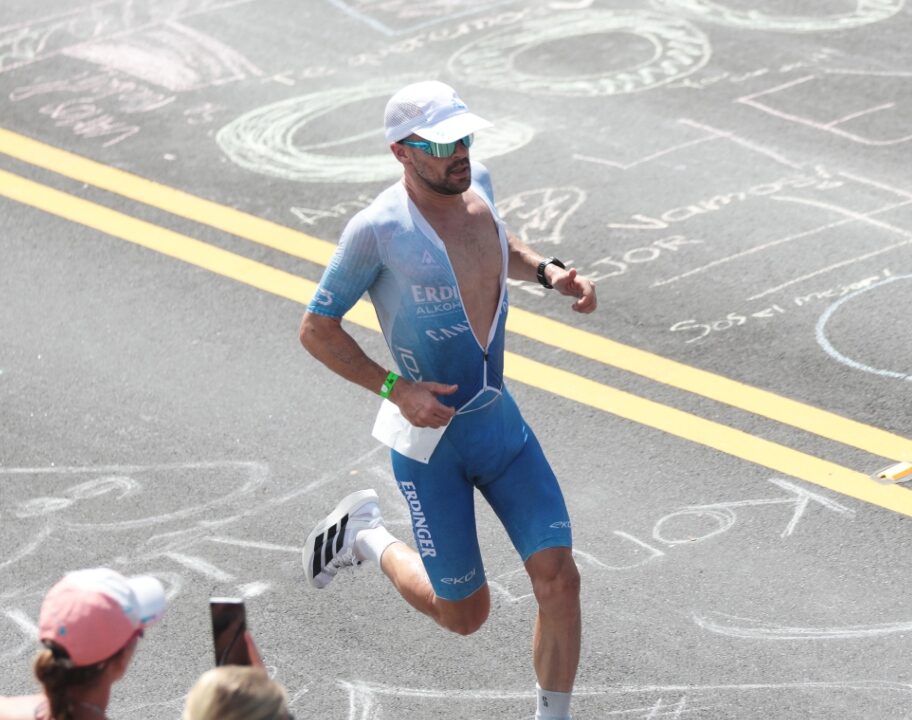Whether it’s sweating it out in the sauna, braving a plunge in an ice bath or donning a pair of high-tech compression boots. The quest for faster recovery between training sessions or after races is something all triathletes – elite and amateur – strive to conquer.
And while there’s plenty of debate around whether you should be using heat or ice to relieve sore muscles. A recovery strategy which is growing in popularity is combining the two, in quick succession. We take a look at what contrast therapy is, how it can help to promote sports recovery… and look at alternative ways to do it that don’t involve building your own home sauna and cryotherapy chamber.
What is contrast therapy?
Contrast therapy is a sports recovery method which uses both ice and heat to promote recovery and reduce muscle soreness after exercise. Heat is applied to the muscles immediately after ice. The ice prompts vasoconstriction – reduced blood flow. Which could help to reduce swelling and alleviate pain. The heat then works in opposition, promoting vasodilation which increases blood flow and helps to reduce muscle tension. It’s thought that it’s the physiological change between cold and hot which can improve the overall efficiency of blood flow and muscular repair after exercise. Water immersion techniques can be used to perform contrast therapy – switching between warm and cold baths. Or through targeted application on specific muscle areas using heat and ice packs, or wearable recovery gear.
What are the benefits of using contrast therapy for endurance sports athletes?
Studies have shown that using contrast therapy could help to improve recovery after intense exercise by reducing muscle soreness, swelling and improving muscle function.
A study by Biuzen et al (2013) assessed Contrast Water Therapy (a form of contrast therapy using immersion in hot and cold water) in comparison with other recovery strategies. It found that in comparison to passive recovery or rest, contrast therapy reduced muscle soreness and reduced the loss of maximal strength from the baseline value post-exercise. Creatine Kinase (a physiological marker of muscle damage) levels were also lower in the contrast therapy group. The study also found decreased muscle soreness after contrast therapy compared to a warm water immersion recovery.
Contrast therapy can help to reduce muscle soreness, limit muscle damage and the loss of muscular strength after exercise. Compared to resting, it’s been found that athletes using contrast therapy are able to return to baseline levels of muscle strength and power output 24hrs sooner than those who just use passive recovery/rest. That’s key for endurance athletes where their training load requires them to be able to perform consistently, several times a week.
Cam Johnston, physiotherapist and founder of Riixo Recovery
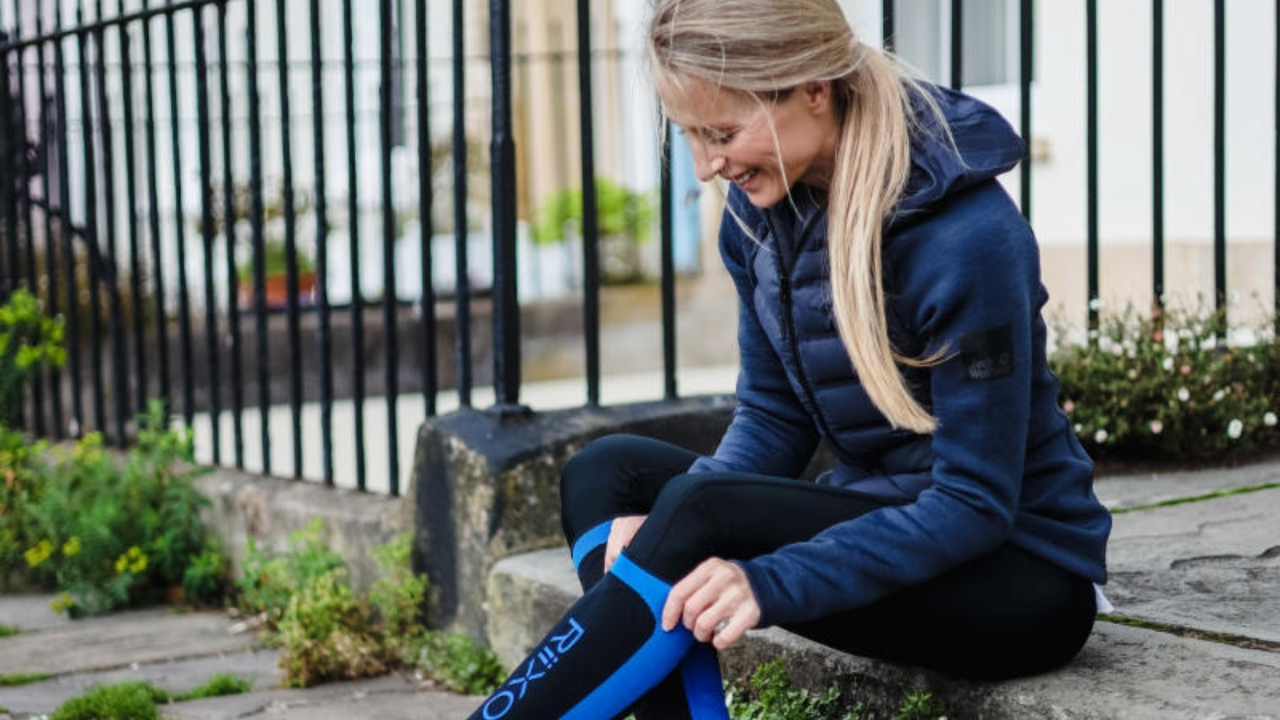
Contrast therapy can help to promote more efficient blood flow, by alternating reduced blood flow (vasoconstriction) and increased blood flow (vasodilation) contrast therapy. This helps to speed up recovery, decrease inflammation and reduce perceived muscle soreness. All of that means you’ll feel better, sooner after a hard training session.
How to do hot and cold therapy at home
For most of us, having access to a warm bath and a cold water therapy tub to hop in and out of after each training session just isn’t realistic. But there are more straight forward ways to get the same recovery effect without having to turn your back garden into a sports therapy spa.
An easy, low tech approach to contrast therapy is to ditch the water immersion and instead opt for ice packs and a wheat bag you can heat up at home. But if you haven’t got time to sit with your feet up, there are also wearable alternatives that will allow you to boost your recovery without increasing the demand on your already limited time.
“What ultimately matters are that recovery practices fit the demands of athletes’ busy lives. If things are difficult to do, they often don’t get done,” says Cam Johnston, founder of Riixo Recovery. Wearable sports recovery products can help to proactively support your recovery after training. Without having to find time you don’t have in an already hectic schedule.
It’s also important to note that contrast therapy isn’t suitable for everyone – particularly those with health conditions such as diabetes, cardiovascular problems or neuropathy. If in doubt, consult a health professional to assess your individual circumstances before you dive in to a new recovery strategy.
Should I be taking an ice bath immediately after a workout?
Research on the efficacy of ice baths immediately after a training session for recovery and long-term sports performance yields mixed results. Some studies* have shown that cold water immersion can have a negative impact on longer term adaptation to training sessions where gaining strength (muscular hypertrophy) is the main goal. But for endurance exercise, longer term cold water immersion doesn’t seem to have a significant impact on adaptation – either negative or positive. The main benefit is the short term recovery, reducing inflammation and muscle soreness. Ice baths or cold water immersion straight after a workout or race might be beneficial if you need to reduce muscle soreness fast to be able to perform again within a short time frame.
*Peterson and Fyfe, 2021
Sports recovery is never just a one hit wonder
It’s important to remember that recovery is always a holistic affair. Contrast therapy can help to reduce muscle soreness and get you feeling ready to train again sooner. But if you’re not also prioritising adequate sleep, nutrition and adhering to a balanced training programme – it’s not going to be a magic bullet.

